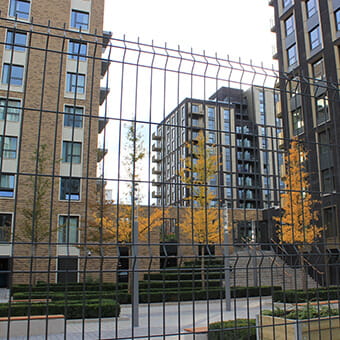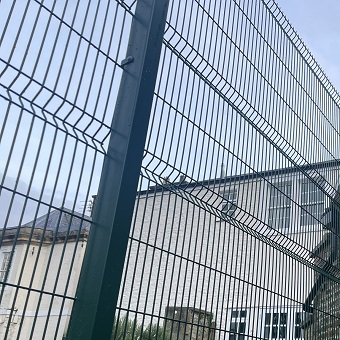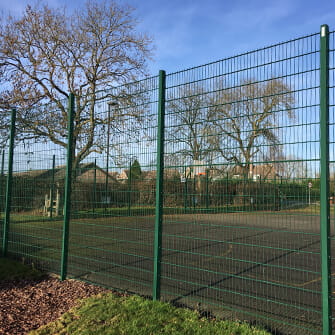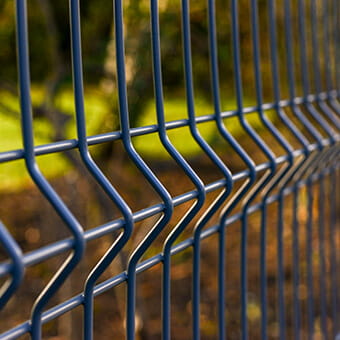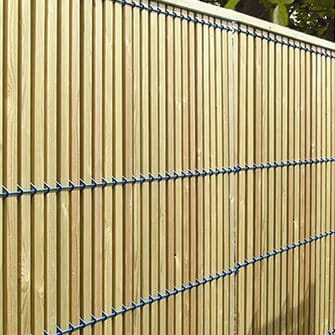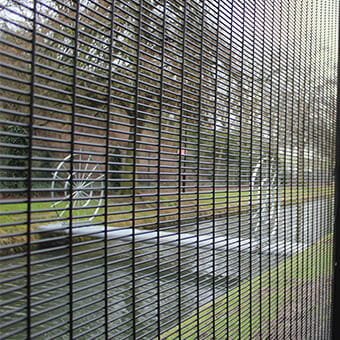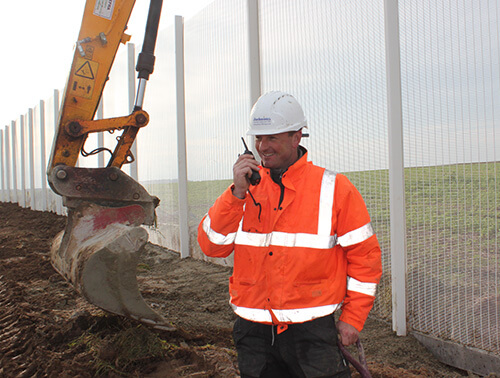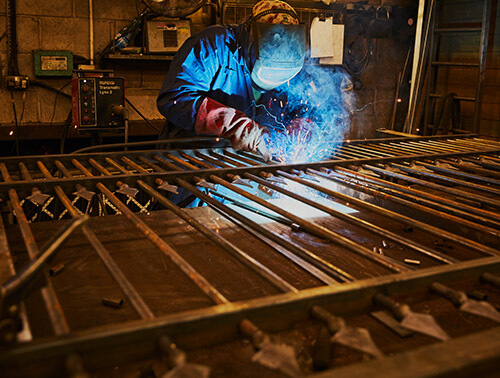Our other sites:
Understanding the type of security fencing you need is the first step to specifying or purchasing, but it can be complex. There are many questions to ask, including: What type of fencing does your site require? Does it need security fencing with a level of deterrent? Would demarcation fencing be enough in this application? Will local wildlife such as hedgehogs have an impact on my decision?
Not all sites require security fencing, but more and more site owners are opting to install higher levels of protection. In the face of a changing security landscape, with new threats and risks every day from burglary to vandalism and even terrorism, the availability of many different types of security fencing can offer the right level of protection for any site. For example, there has been an increase in religious buildings and schools wanting greater protection to prevent hate crimes and trespassers, whilst remaining in line with updated regulations.
Different types of security fencing
Common advice for security fencing is to select chain link fencing or steel palisade fencing, but these simply do not offer the strength and protection required for many sites. For demarcation or for sites such as tennis courts and sports pitches, or in addition to another fence (i.e. for standoff purposes), chain link can work well, but it can be easy to cut through, so it is not suitable for use as a security fence. We go into detail about the flaws of steel palisade fencing here.
As experts in security fencing manufacture, design, and installation, Jacksons Fencing has compiled a handy guide to security fencing. The following fence styles offer a range of protection and aesthetics, so you are sure to find something that suits your site’s requirements.
Jacksons Fencing recommends:
Vertical bar railings: Standard versions such as Barbican® and Barbican Imperial® are suitable for low to medium risk sites with their welded pale-through-rail construction, hidden panel-to-post connectors with tamper proof fixings, and smart aesthetic. Vertical bar railings with inbuilt toppings such as cranked pales or spikes offer the same benefits but with increased protection for medium to high security sites. Vertical bar railings also have the advantage that they are wildlife and hedgehog friendly.
Welded mesh panels: V mesh and twin wire mesh are low-medium risk fence types with high visibility, tamper-proof panel connectors, while 358 mesh and double skinned 358 mesh offer medium-high security.
Acoustic barriers: If you have a requirement for noise reduction too then acoustic fencing is ideal. With their natural timber appearance they blend well into many environments and offer plenty of privacy and concealment for sensitive areas. They can reduce noise by up to 32dB, and their flat surface prevents climbing.
LPS 1175 rated versions of all of the above: Proven resistance and delays against attempts at forced entry with tools.
UK Government-approved versions of the above: Offering climb resistance and protection from digging.
How to decide which security fencing you need
To select the right security fencing for your specific site requirements, there are a number of factors to consider. Primarily, understanding the location and surrounding environment will inform your decision; different fencing styles suit rural or urban sites better, while potential climbing aids such as lampposts and bins will determine whether or not to add toppings, or select double-skinned mesh to increase protection from climbing.
Knowledge of the area’s history of criminal behaviour should also inform your decision and help to guide you in specifying the right product to mitigate a specific threat. Also consider the value of the premises being protected, and any items within, and incorporate the cost of access control and maintenance into your overall budget – a strong fence with a lower standard of gate will only create weaknesses in your perimeter.
Remember that the materials you choose are an investment; a chain link fence may seem like the cost-effective option, but according to Checkatrade, on average a repair can cost over £710 – this can quickly add up over time. Ensuring the right materials are chosen early on will ensure you have a quality product that protects your site for years to come.
Ask the experts
To find out more about our security fencing, talk to one of our experts about an upcoming project or for advice on specifying or protecting your site, get in contact with us and one of our advisors will be more than happy to talk you through the process.
Related products
Jacksons Security has a range of products relating to this article, all complete with our 25 year service life guarantee. If you cannot find the item you are looking for, please do not hesitate to call our friendly sales team.
Related Content
Top
